$1 trillion a year private finance for climate in EMDEs is possible with a bigger, better, bolder NCQG
The Glasgow Financial Alliance for Net Zero Secretariat, the Blended Finance Taskforce and the Global Capacity Building Coalition have published a letter to the COP29 Presidency calling for a bigger, better, bolder New Collective Quantified Goal (NCQG) - the new financial target to support developing countries to mitigate and adapt to the climate crisis.
To finance climate action, emerging markets and developing economies excluding China (EMDEs) need $2.4 trillion a year; at least $1 trillion of that will need to come from the private sector – from both domestic and international private sources.
While low-carbon, nature-positive solutions are increasingly becoming commercially attractive in many countries, investment is not flowing fast enough or at scale to capture these opportunities, largely due to the high cost and low availability of capital in EMDEs. This is underpinned by ongoing macro and geopolitical challenges, high perception of country risk, low liquidity, data gaps, limited pipeline and regulatory barriers across the financial system.
The NCQG letter to the COP29 Presidency, informed by consultation with financial institutions and in partnership with the Independent High Level Expert Group on Climate Finance, outlines how a bigger, better and bolder NCQG can help to unlock the private finance needed. It states that private finance firmly believes it is possible to mobilise the $1 trillion of private capital needed a year for climate action in EMDEs by 2030, given the compelling business case for the transition. The NCQG can be a critical lever to make this happen.
The letter acknowledges the role of the NCQG goes well beyond mobilising private finance. An NCQG which is bigger, better and bolder can play an outsized role in unlocking the volume of private investment at the scale and speed required. Private finance is calling for the NCQG to be:
Bigger – to close the investment gap. The public finance commitment needs to dramatically increase from $100bn a year. It must reflect the actual financing gap in EMDEs – including mitigation and adaption needs.
Better – to mobilise more private finance via catalytic financing instruments like guarantees, which can mobilise five to six times more capital than development loans, and more local currency finance (which currently make up less than 5% of MDB portfolios). Early stage and first loss equity, affordable FX hedging products, project preparation support and securitisation mechanisms can also be catalytic.
Bolder – to align with broader financial system reform to tackle regulatory, institutional and incentives barriers which are preventing flows of capital to EMDEs.
While there are still significant hurdles to align parties on the total financing of the NCQG , contributor base and eligibility for financing, the private sector letter states that a reformed NCQG could enable them to:
Actively co-create pipeline and scale project finance volumes by working more effectively with MDBs, governments and national financial institutions to develop, finance and securitise high-quality transactions. Additionally, aligning finance with country NDCs to ensure they contribute to plans for Paris alignment; and participating in innovative products to tackle early-stage development risks and prove out new business models, especially for adaptation & nature-based solutions.
Grow the presence, partnerships & portfolio allocation of investors to EMDEs. This includes through replicating and scaling successful blended finance solutions, managing FX risk through guarantees and hedging products, increasing local currency allocations, participating in MDB loan securitisation programmes, and channelling more investment through country platforms. These in turn can help deepen liquidity in domestic capital markets and significantly expand physical presence in EMDEs.
Strengthen and share data on risk and performance in EMDEs including by sharing standardised project-level risk data to tackle the gap between perceived and actual risk in EMDEs, by adopting disclosure standards and by developing high-quality transition plans.


